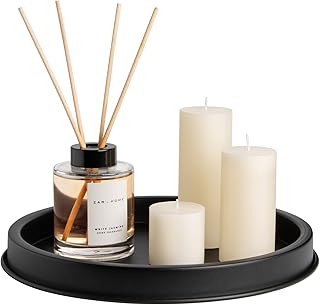Luxury real estate in Australia is facing challenges as it struggles to keep up with the broader property market. Despite offering premium amenities and stunning views, luxury properties are experiencing sluggish capital growth rates compared to the overall market and are falling behind international prestige markets.
Perth and Brisbane have shown the strongest growth among the top 5% of properties, although their performance remains modest, aligning closely with inflation rates. In contrast, Melbourne and Sydney have seen declines in their luxury property markets, with Sydney experiencing a 2.1% drop.
According to Knight Frank’s Prime Global Cities Index (PGCI) Q1 2025, Perth ranked 16th globally in luxury property price growth, with a 3.8% increase, while Brisbane followed closely in 18th place with a 2.8% rise. These figures pale in comparison to the 3.2% median dwelling value increase nationally and the 5.3% gains in regional Australia.
The global luxury property market faces similar challenges, with a marginal slowdown in price growth across 44 cities analyzed in Knight Frank’s report. Interest rates play a pivotal role in determining future price growth in luxury residential markets, with potential volatility influenced by factors such as inflation and US policy on tariffs.
Australia has seen a slight increase in the number of prestige homes hitting the market, impacting price growth. Knight Frank’s The Wealth Report 2025 predicts Perth to lead luxury property price growth in Australia, followed by Brisbane and the Gold Coast. Premium suburbs, known for their proximity to key amenities, offer opportunities for property buyers with smaller budgets to access these sought-after areas.
The widening gap between house and unit prices in premium suburbs presents an entry point for buyers, with significant discrepancies in median values. Alternative options such as considering properties on main roads or smaller land sizes can offer more affordable choices in expensive neighborhoods.
Historically, the upper quartile segments of the market, particularly in Sydney and Melbourne, have been most reactive to interest rate movements. Rate cuts could further impact the affordability of prestige areas, potentially pushing them out of reach for average buyers.
Eliza Owen, Head of Research at Cotality, highlights the potential impact of rate reductions on the high-end housing market in Sydney and Melbourne, which often set the tone for broader market recoveries in these cities. Markets like Leichhardt and Hawthorn have shown strong responses to rate cuts, with notable increases in house values following interest rate reductions.
In conclusion, the luxury real estate market in Australia is facing a period of subdued growth compared to the overall property market and international counterparts. With interest rates playing a crucial role in shaping future price growth, investors and buyers need to navigate market dynamics carefully to capitalize on potential opportunities in premium property segments.
📰 Related Articles
- Queensland Real Estate Market Surges Amid Changing Dynamics
- Optimism Abounds for Hong Kong’s Luxury Real Estate Market
- How Renovated Australia Home Loan Property in Newtown Transformed Real Estate Market
- Diverse Luxury Homes in South Australia’s 2024 Real Estate Market
- Vanguard Australia Sees Record Inflows Amid Market Volatility






